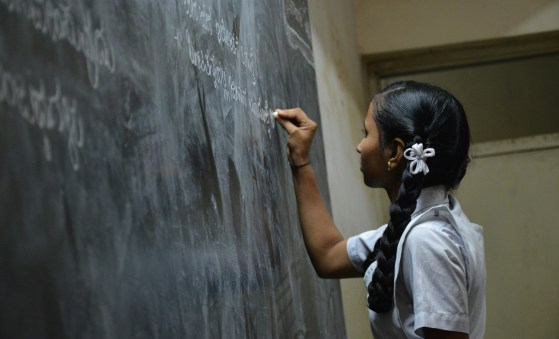Vatican City – The sudden death of the head of the Roman Catholic Church, the Pope John Paul II, has prompted the Vatican authorities to prepare and elect a successor and prevent any risk of division in the Roman Catholic Church. Within not less than two weeks, cardinals are expected to enter a solemnly secret conclave in the Sistine Chapel to elect the 262nd successor to the apostle Peter. Although the pontiff is the universal leader of more than a billion Catholics, the election will reaffirms the intimate link between the papacy and the eternal city. In the hazy earliest days of Christianity, the Pope was the elder or presbyter chosen by the clergy of Rome. That same principle still remains, with the cardinals representing the Roman clergy. No matter where they are in the world, the cardinals are the titular leaders of the churches in or around Rome. Pope Paul VI in 1970 set an upper limit of 120 to the number of cardinals participating in the conclave, all of whom must be under the age of 80. At last count, there were 119 eligible electors representing the broadest range of humanity in the Church’s history.
Most Popular
-

UP schools to remain open on Christmas amid pushback against celebrations
-

High Court clears Christmas carol singing in Catholic homes
-

Violence erupts in Chhattisgarh after dispute over Christian burial
-

India’s vice president assures Christians of support amid rising concerns over attacks
-

Police raid churches in eastern China, hundreds of Christians detained